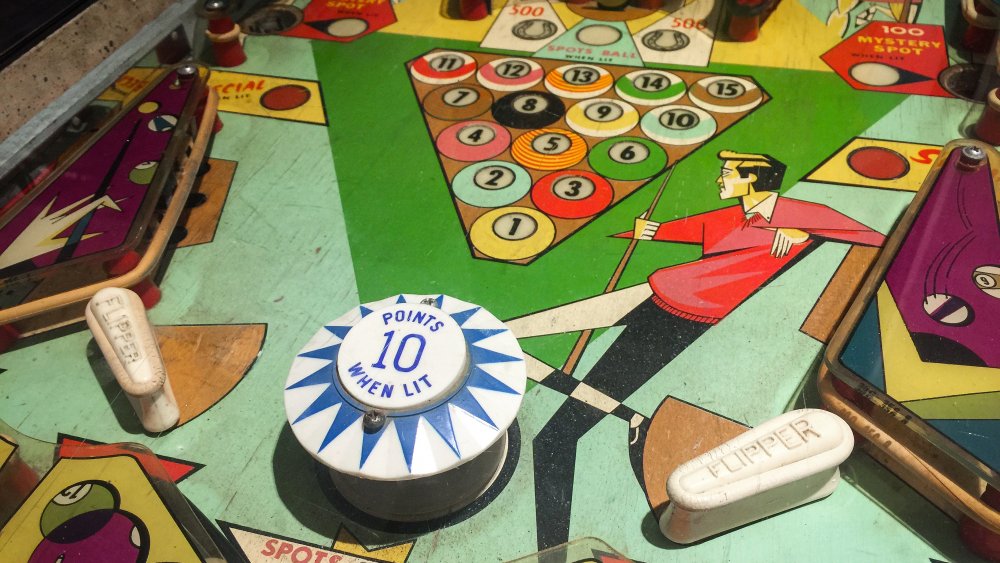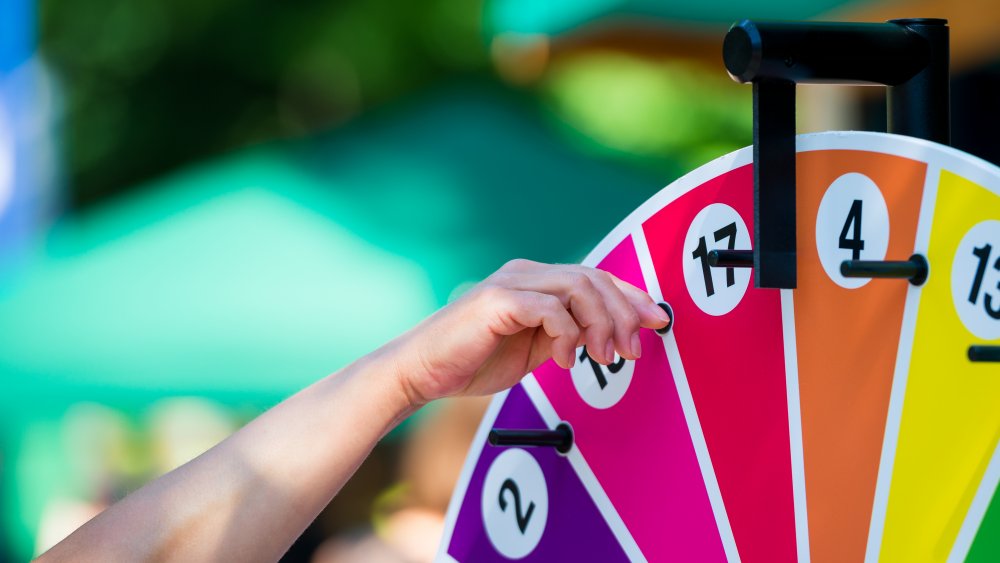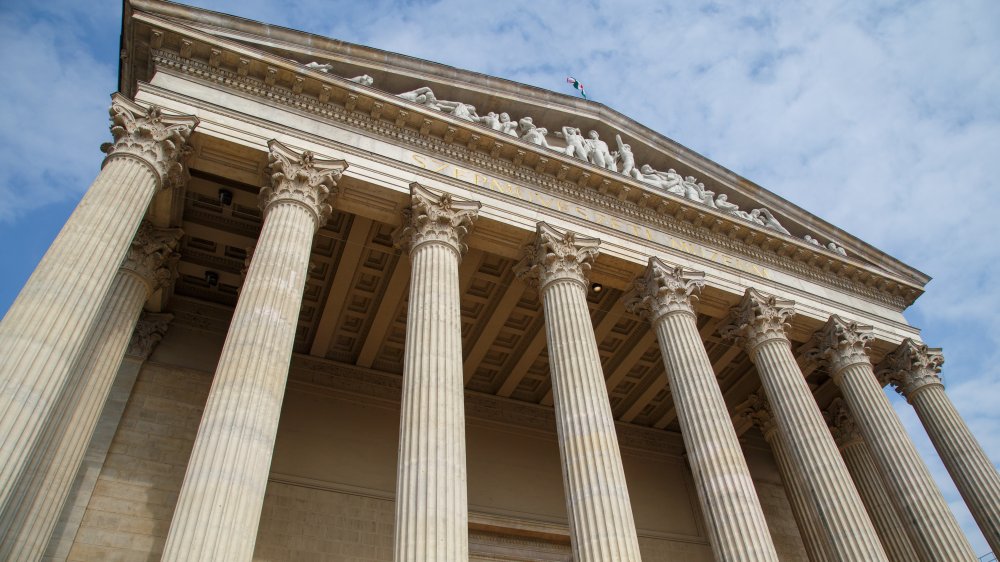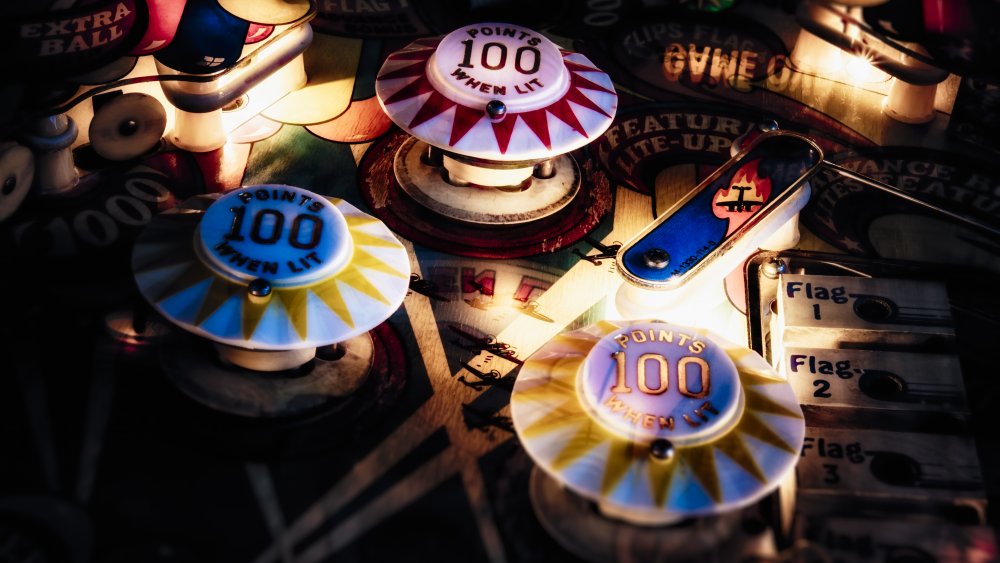The Real Reason Pinball Was Once Illegal
From San Francisco to Chicago to New York City, Americans have sure been playin' a mean pinball for almost 100 years. The popular arcade machine was first distributed during the Great Depression, with the first coin-operated machine coming into production in 1931. But before the characteristic flippers became integrated into the machine in 1947, pinball was a game of pure chance and even considered a form of gambling.
Despite the random nature of the game, players of all ages would place bets on the machines, which could be found at bars, bowling alleys and candy stores, with operators handing out prizes ranging from gum to fine jewelry. Pinball soon became known as a gambling machine that catered to sketchy folks, according to Slate, a notoriety that was bolstered by the fact that many of the country's machines came from Chicago (then infamous for its mob activity). Little did players know that just 11 years after its conception, the game would become very illegal in many parts of the country.
"Low skill games like the early pinballs with no flippers were easy for location owners and game operators to pay out on," Las Vegas Pinball Hall of Fame owner Tim Arold told Ripleys in a 2019 interview. "Local politicians reacted and banned all types of pinballs, including 'flipper' pinballs"—those requiring more skill than simple luck."
A moral obligation
During the 1940s, organized crime, gambling and World War II were all major issues in the country, and pinball machines were seen as a waste of materials as copper, aluminum and nickel were commonly used to manufacture the products. It was New York City Mayor Fiorello LaGuardia who believed it "infinitely preferable that the metal in these evil contraptions be manufactured into arms and bullets which can be used to destroy our foreign enemies," according to History.
Across the nation, school boards and churches demanded the removal of machines altogether, fearful that America's children were being morally corrupted by a game that encouraged kids to skip school to play, and even starve themselves by wasting their lunch money on a few games of pinball.
In fact, Mayor LaGuardia was one of the most vocal believers that pinball fostered crime and juvenile delinquency. The mayor would go on to say that the pinball industry stole millions of dollars a year from the "pockets of school children in the form of nickels and dimes given them as lunch money," according to Pinball Showdown.
Bad reputation
The Big Apple officially banned pinball machines in public spaces on January 21, 1942, which prompted a citywide raid of children's entertainment centers and the confiscation of 2,000 (believed to be one-fifth of the entire city's supply, which reportedly contained enough metal to build four 2,000-pound aerial bombs, via History). Major urban centers like Chicago, New Orleans, Los Angeles and Milwaukee followed suit with the pinball ban. Other American cities like Washington D.C. banned children from using the games during school hours.
Thus the seedy reputation of pinball proliferated, finding its place within the rebel niche of greaser hairstyles, leather jackets and cigarettes. It was not until 1974 that the game finally garnered a form of acceptability, when the California Supreme Court ruled that pinball was more than just a game of chance (thanks to reflex-testing flippers) and legalized its public use in Los Angeles. New York City followed two years later, but not without hesitation. A Queens councilman opposed to the machines reportedly stated: "but it will bring rampant vice and gambling back to the city."
A new challenge
But it was not long after the country fell in love with the game all over again that a new obstacle threatened pinball's presence in arcades and amusement centers throughout the country: video games. With a modern, state-of-the-art excitement and a propensity for requiring less repairs overall, video games became a favorite of operators, and thus pinball machines were almost entirely phased out by the end of the 1980s. The machines that remained struggled to keep up with their futuristic competition, adding more and more bells and whistles to compete with their flashier, computerized counterparts.
However, the game has seen a resurgence in recent years and, according to Ripley's, there are more than 4,500 pinball tournaments a year –- making it hard to imagine that not too long ago, these machines were once banned altogether.



